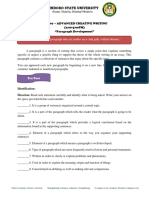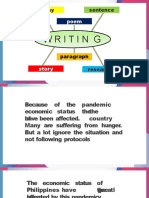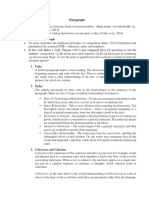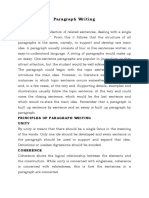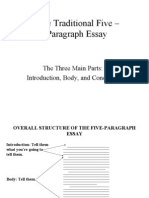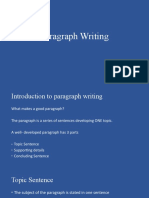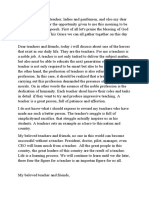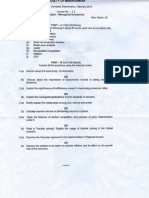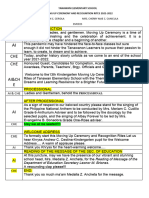0% found this document useful (0 votes)
157 views3 pagesHow To Write A Support Paragraph
The document provides guidance on writing effective support paragraphs. It states that a strong support paragraph has: 1) A clear topic sentence related to the main idea, 2) Clear relationships between sentences shown through transitions, and 3) A combination of general and specific details. It also notes that paragraphs should relate to the main idea or previous paragraph, and that sentences within a paragraph should transition logically from one to the next. Examples are provided to illustrate these concepts.
Uploaded by
Md.SuzonCopyright
© © All Rights Reserved
We take content rights seriously. If you suspect this is your content, claim it here.
Available Formats
Download as DOCX, PDF, TXT or read online on Scribd
0% found this document useful (0 votes)
157 views3 pagesHow To Write A Support Paragraph
The document provides guidance on writing effective support paragraphs. It states that a strong support paragraph has: 1) A clear topic sentence related to the main idea, 2) Clear relationships between sentences shown through transitions, and 3) A combination of general and specific details. It also notes that paragraphs should relate to the main idea or previous paragraph, and that sentences within a paragraph should transition logically from one to the next. Examples are provided to illustrate these concepts.
Uploaded by
Md.SuzonCopyright
© © All Rights Reserved
We take content rights seriously. If you suspect this is your content, claim it here.
Available Formats
Download as DOCX, PDF, TXT or read online on Scribd
/ 3




